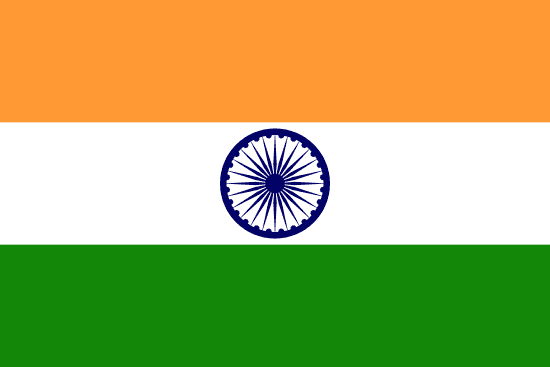"भोपाल की हवा में है राजनीति | Bhopal's air is filled with politics"
About:
Bhopal, the capital city of Madhya Pradesh, India, was founded by Raja Bhoj in the 11th century. The city was later ruled by the Mughals, Marathas, and the British. Bhopal became infamous for the 1984 gas tragedy, the world's worst industrial disaster caused by a leak in a Union Carbide pesticide plant. Post-disaster, Bhopal has seen significant development and is now an educational and industrial hub, known for its lakes, greenery, and rich cultural heritage.
When to visit:
Bhopal, the capital city of the Indian state of Madhya Pradesh, experiences a subtropical climate with three distinct seasons - summer, monsoon, and winter. The best time to visit Bhopal is during the winter months of October to March when the weather is pleasant and comfortable for exploring the city's attractions. The temperature during this time ranges from 10°C to 25°C, making it ideal for sightseeing and outdoor activities. It is advisable to avoid visiting Bhopal during the summer months from April to June when temperatures can soar above 40°C, making it uncomfortably hot for tourists.
When to avoid:
The worst time to travel to Bhopal, India on a holiday is during the summer months of May and June. Bhopal experiences scorching temperatures during this time, with highs often exceeding 40 degrees Celsius (104 degrees Fahrenheit). The intense heat can make outdoor activities uncomfortable and even dangerous for visitors. Additionally, the peak summer months coincide with the monsoon season, bringing heavy rainfall and potential flooding, further disrupting travel plans. It is advisable to avoid visiting Bhopal during this period and instead opt for the cooler and more pleasant months from October to March.
Monsoon Season (Jun–Sep)
During the monsoon season (June-September) in Bhopal, India, the city experiences its wettest period. Average temperatures range from 25°C to 30°C. Rainfall is abundant, averaging around 40 inches throughout the season, with July being the wettest month. Sunlight is often obscured by heavy cloud cover, resulting in less sunny hours. Humidity is high, often over 80%. An average day for a visitor may involve sudden showers and overcast skies. Despite the rain, the city's beauty shines, with lush greenery and full lakes. It's a great time for indoor activities and enjoying local cuisine.
"Summer (March–June)"
In Bhopal, India, the warmest part of the year typically falls between March and June, with May being the hottest month. Daytime temperatures can reach as high as 40-45°C (104-113°F), and the nights can be slightly cooler around 25-30°C (77-86°F).
Rainfall is minimal during this period as it precedes the monsoon season. The city experiences an average of 10 hours of sunlight per day, providing ample time for sightseeing. However, the humidity levels can be quite high, often exceeding 60%, which can make the heat feel more intense.
The sky is partially cloudy, but clear days are more common, allowing the strong sun to shine through. For a visitor, a typical day during this season would feel extremely hot, especially during the afternoon. It's advisable to stay hydrated and avoid direct sunlight during peak hours. The evenings are comparatively cooler and more pleasant, making it a good time for leisurely walks or outdoor dining.
Language:
Hindi is the official and most widely spoken language in Bhopal, the capital city of the Indian state of Madhya Pradesh. Urdu also holds a significant presence due to the city's rich historical connections with Muslim culture. English is commonly used in business and education, and various regional languages such as Bundeli and Malvi may also be heard.




